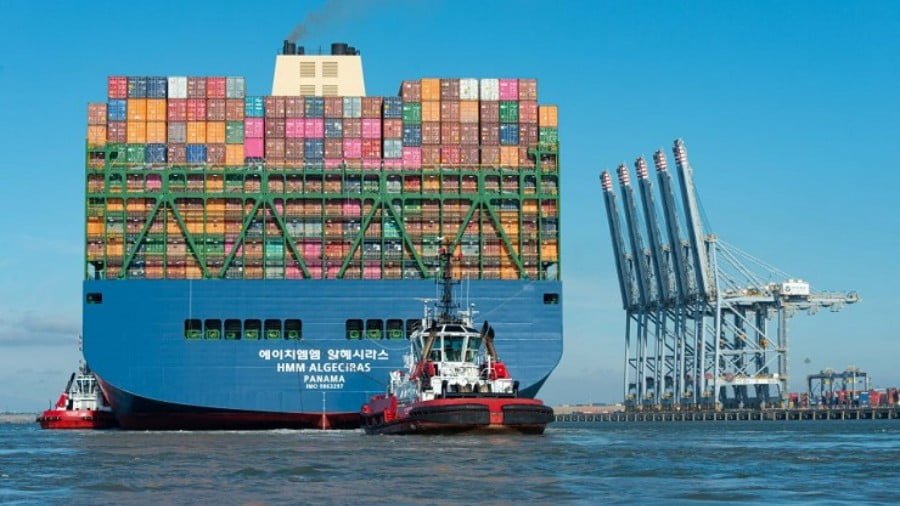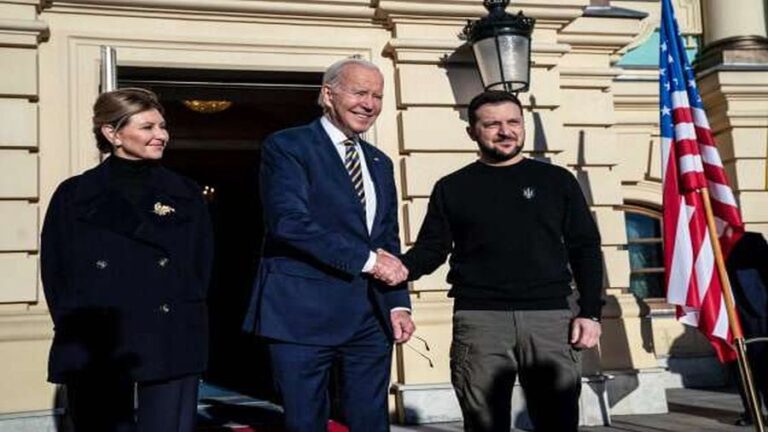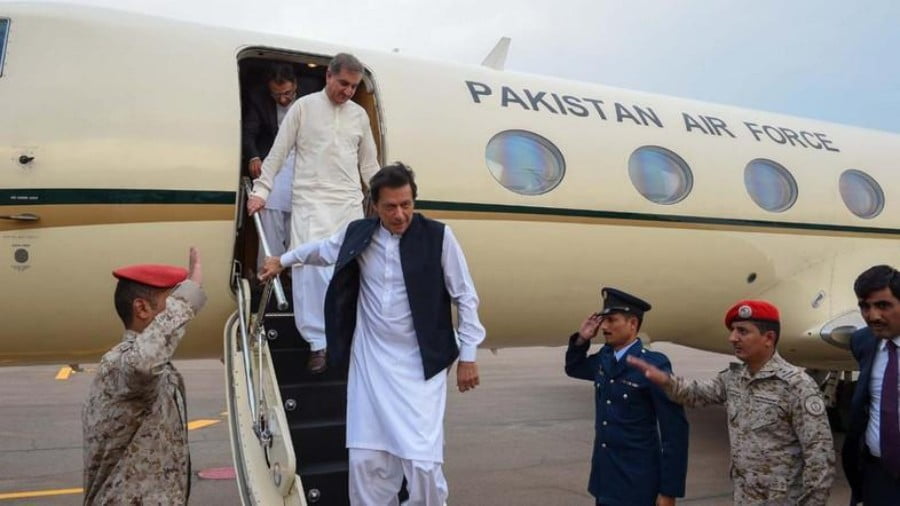Is USA “Decoupling” from China?
The term “decoupling” has started to appear more and more often in reports dedicated to the current state of US-China relations after, on April 17, The Wall Street Journal published results of a survey of 25 large US companies operating in the PRC, conducted by the American Chamber of Commerce (AmCham) in China and AmCham in Shanghai.
The firms surveyed described their business plans in relation to China. Based on this information, the two organizations then concluded that the COVID-19 pandemic made the “US-China economic breakup” more likely in March 2020 in comparison to October 2019.
The author would like to note that the skepticism expressed by some survey participants about continuing to do business in China is quite justified. In fact, as early as March-April, negative consequences of the disruption in supply chains of components (which invariably exist in complex production and assembly processes) began to be felt. The aforementioned problems were an unavoidable outcome of tough quarantine measures (implemented not only in the PRC but also other countries) as part of the battle to stop the spread of the novel Coronavirus.
In such a climate, only 16% of the respondents (i.e. 4 companies out of 25 surveyed) “said they intended to shift some or all of their production outside China”. Still, the term “decoupling” used by AmCham gained popularity as the anti-China hysteria continued to reach new heights in the United States. Donald Trump himself, whose re-election campaign is not doing well at all, could not resist using the word in one of his Tweets.
In May 2020, anti-Chinese hawks in Washington ensured the US Senate “passed a bill that could block some Chinese companies from selling shares on American stock exchanges”. In effect, “it would require overseas firms to follow US standards for audits and other financial regulations”. According to an article published by CNBC in June, Donald Trump wanted “to delist Chinese companies from US exchanges”.
Aside from the aforementioned threats, the US President, along with China’s key nemesis, Secretary of State Mike Pompeo, has come up with practical measures to help “decouple” two of the world’s most powerful economies. Until recently, they successfully (but not without problems as is the norm) complemented each other. In other words, the economies functioned relatively well in their “coupled” state.
The first victims of the “decoupling” became China’s leading companies in the IT sphere, Huawei and ZTE, i.e. USA’s key rivals in the highly lucrative market of the latest communication technologies. Washington’s efforts to encourage its closest allies to join its campaigns to ostracize the PRC have been met with some success. Clearly, Huawei appears to be experiencing some serious difficulties after “the US government put Huawei on its Entity List in May 2019, which required US companies to obtain a license to export domestically produced chips and software” to the company.
The next victim, which the author has only recently heard about in connection with the topic discussed in this article, was TikTok, China’s popular among teenagers video-sharing social networking service.
Donald Trump’s executive order banning Americans from using TikTok was “driven by concerns that the company might hand over user data to Chinese authorities”.
Clearly, the author cannot conclude that the US suspicions are completely unwarranted. Still, in this particular case, one cannot but draw parallels with the revolutionary times in the Russian Empire associated with “expropriation by expropriators”.
In fact, South China Morning Post, a Hong Kong-based newspaper popular in Asia, has used an analogy more appropriate for our times by comparing Donald Trump’s tactics to those used in the Godfather movies. In other words, the US President made the Chinese company that owns TikTok an offer it could not refuse.
The author’s ideas resonated with his counterparts on the “mainland”, at the Global Times. The latter published a report about Washington’s aforementioned tactic accompanied by a relevant illustration.
The ongoing “decoupling” as well as the idea behind it are the (most likely) result (for now) of the current political landscape in the United States, i.e. the presidential race. Still, the popularization of the term “decoupling” gave the author a good enough reason to discuss its meaning within the framework of the relationship between the two world powers.
Authors of an article, published by the Peterson Institute for International Economics, on the concept of “decoupling” think that “despite the rhetoric, US-China financial decoupling is not happening”. After all, “China’s integration into global financial markets continues apace” and “US-based financial institutions are actively participating in this process, making financial decoupling between the United States and China increasingly unlikely”.
It is worth noting that PRC’s own policy in recent years lends support to this viewpoint. China has focused on making its economy more open and on creating an increasingly more favorable environment for external investors. In fact, in the middle of July, Chinese President Xi Jinping talked about this yet again. He pledged that China would “keep deepening reform and expanding opening-up, and provide a better business environment for the investment and development of Chinese and foreign enterprises”.
However, an article from the magazine Harvard Business Review (HBR) was far less optimistic about the future of US-China relations. Board members of international companies, surveyed by the author, were asked to provide their strategic response to “a Cold War scenario with two exclusive economic spheres of influence” (one centered around China and the other, the United States). In response, “they offered two major options”: deeply localize one’s “business so it would, on either side of the divide, be seen as local; or withdraw to one sphere”.
According to the author, pulling off the former successfully would be “a strategic masterstroke” “as tensions rise and connections weaken”, putting “a premium on preparedness for further decoupling”. The COVID-19 pandemic has seemingly “accelerated the process by providing a justification for re-shoring production of strategic goods”. In fact, Japan “earmarked US$2.2 billion of its record economic stimulus package to help its manufacturers shift production out of China, as the Coronavirus disrupts supply chains between the major trading partners”.
Another reason the second option is becoming more attractive has to do with political aspects of the US-China relations, which are fairly regularly reported on by the New Eastern Outlook. The last time they were covered in the context of the most recent 2+2 Australia-US Ministerial Consultations.
The current state of the relationship between the two world powers truly looks, to put it mildly, sad. On account of rising tensions between the US and PRC, the author of the HBR article believes it is unwise for US businesses operating in China to pin “their hopes on a possible end of the Trump presidency following the November 2020 elections”. After all, he may yet win and more importantly, “if there is one thing Democrats and Republicans agree on these days, it is that the rise of China needs to be checked”.
A number of recent events do lend support to HBR author’s opinion. A visit by US Secretary of Health and Human Services Alex Azar to Taiwan from 9 to 10 of August “to learn about Taiwan’s incredibly effective response to COVID-19” was particularly noteworthy.
It was indeed a long time coming. The trip was “billed as the highest-level visit since Washington and Taipei broke formal diplomatic relations in 1979”. Hence, it appears as if the US made a big step towards achieving its long-term strategy (which is being gradually realized) of having Taiwan recognized as an independent nation with a right to establish diplomatic ties with other countries. If Washington were to reach this goal, it would result in the de facto rejection of the “one China” policy, the recognition of which was a key pre-condition for the normalization of relations between the US and China in 1979.
Considering the fact that the Taiwan issue is central to PRC’s foreign policy, the way the visit by the US Minister to Taiwan is viewed in Beijing is understandable and so is the state the US-China relationship is in.
From the author’s point of view, nowadays, the only thing that is preventing the process of US-China “decoupling” (even of their respective economies) from gaining steam is the so called Phase 1 trade deal, which was signed in January of this year with the aim of resolving numerous issues plaguing trade relations between the two countries.
On August 15, trade representatives of both sides are scheduled to meet in Beijing to review the agreement. This indeed is at least something.
Overall, the answer to the key question in the current global political landscape: “Will common (in terms of finance and economics) sense prevail or will irrational suspicions dominate in the US-China relations?” still remains unclear.







